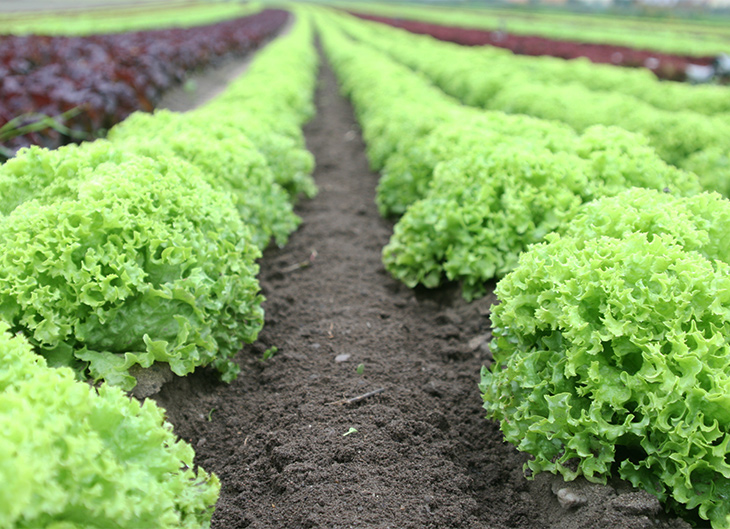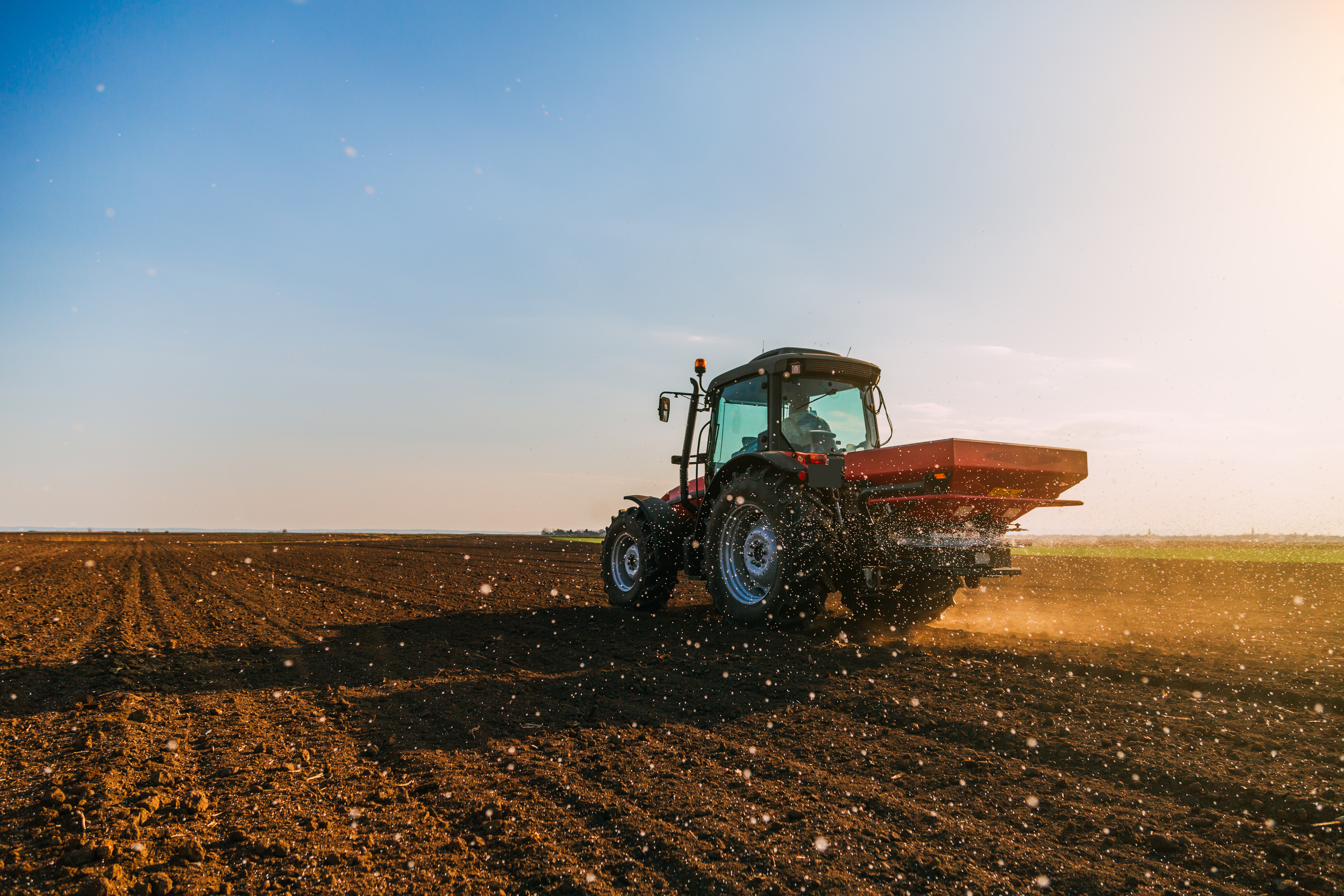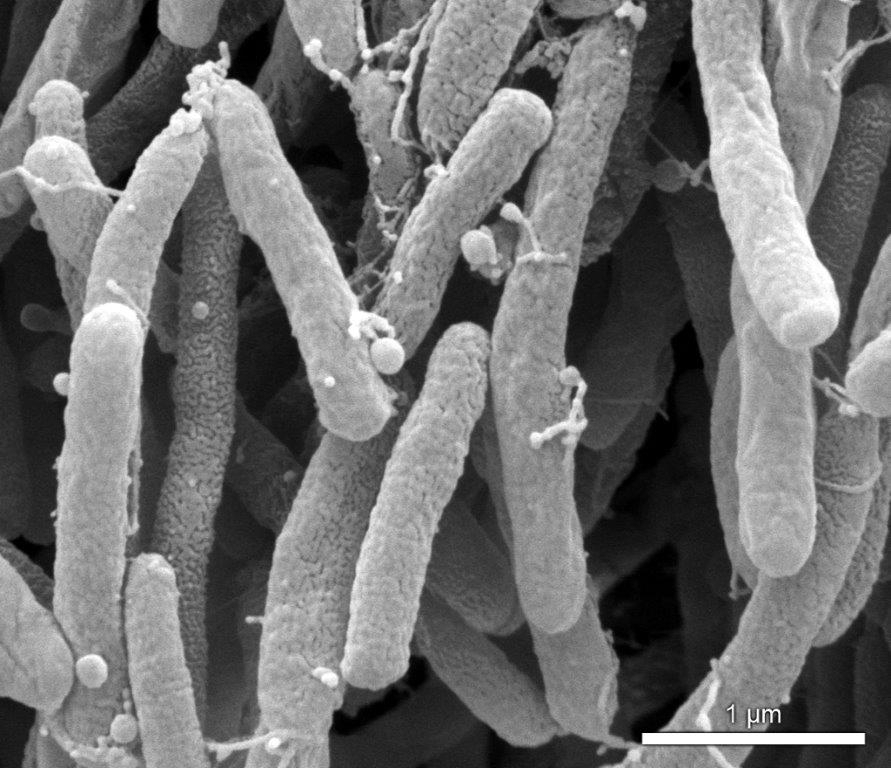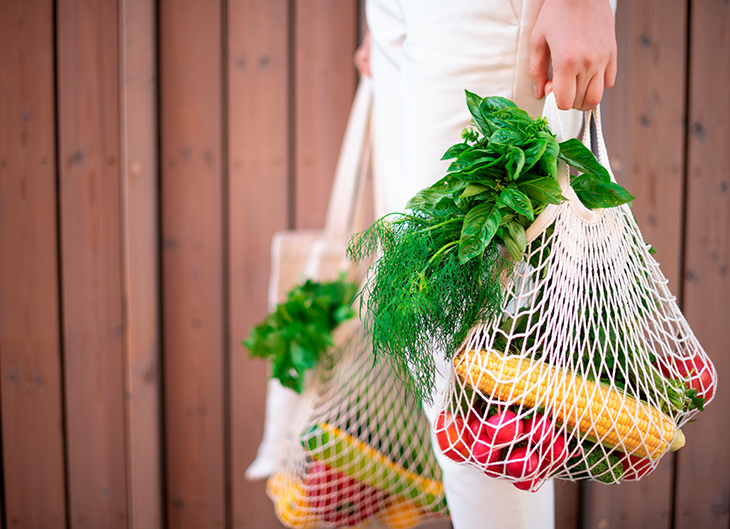
Consumption of fresh fruit and vegetables in Spanish households grows
According to the “Report of Food Consumption in Spain 2020” presented a few days ago by Luis Planas, Minister of Agriculture, Fisheries and Food, the consumption of fresh fruits and vegetables grew in 2020 compared to the previous year by 10% and 12.5% respectively and spending did so by 21.8% and 16.4% respectively, driven by COVID.
In the case of fruits, the pandemic has broken the downward trend in consumption in recent years. Since 2008, household consumption of fresh fruit had fallen for most products. Between 2013 and 2018 the category fell an average of 2.2%, with citrus fruits, stone fruit and red fruits registering a greater decline than the average. Other products reflected a positive behavior such as exotic fruits, melons and watermelons.
This report shows that the growth in the consumption of fresh fruits was recorded during all the months of 2020 except in January, which recorded a decline of 1.1%. The highest growth occurred in the months of April and May, reaching its highest variation with respect to the previous year in the month of April with an increase in purchase of 35.6% of kilos.
Citrus fruits (orange, lemons, mandarins and grapefruit) are the types of fresh fruit that were most purchased in 2020, currently accounting for 26.9% of the market volume. The second type of fruit with the highest volume acquisition are exotic fruits (bananas, kiwi, avocado, pineapple and cherimoya) with 20.8% of the kilos. In third place are the fruits of seeds (grapes, apples and pears) with 18.6% of the volume share. On the contrary, within the fresh fruit segment, types of fruits such as red fruits and stone fruits lose intensity of consumption.
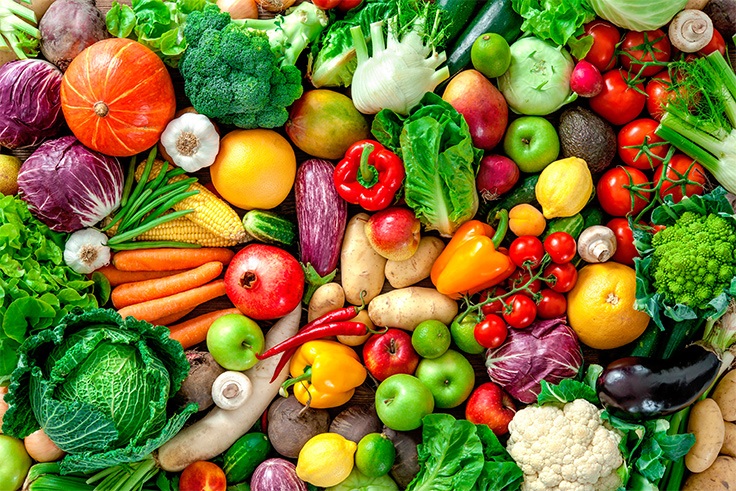
As for the consumption of fresh vegetables in households, it has grown by 12.5% in volume compared to 2019. Per capita consumption in 2020 was 63.9 kilos per person per year, 12.3% more than in 2019.
The most consumed vegetables in households in 2020 are those of the fruit and flower group, according to the MAPA classification, which includes tomatoes, cucumbers, eggplants, courgettes, peppers, cabbages and broccoli. This group shows a positive trend with respect to the previous year, being above the market average with an increase of 13.6% in volume. The varieties of roots, bulbs and tubers (onions, carrots and garlic) are the second group with more present in Spanish households, so they represent 1 in 5 kg bought in the category. Likewise, leaves, tender stems and pods account for 19.1% of household spending, being the second group with the largest market share in value.
Although fruit and vegetable consumption has been strongly boosted in 2020 in both volume and value, it is important to note that this segment represents stable spending levels compared to spending in households on other fresh products and the shopping basket in general.
On the contrary, frozen vegetables suffered in general terms a lower demand, especially in the Horeca channel, due to the confinements.

